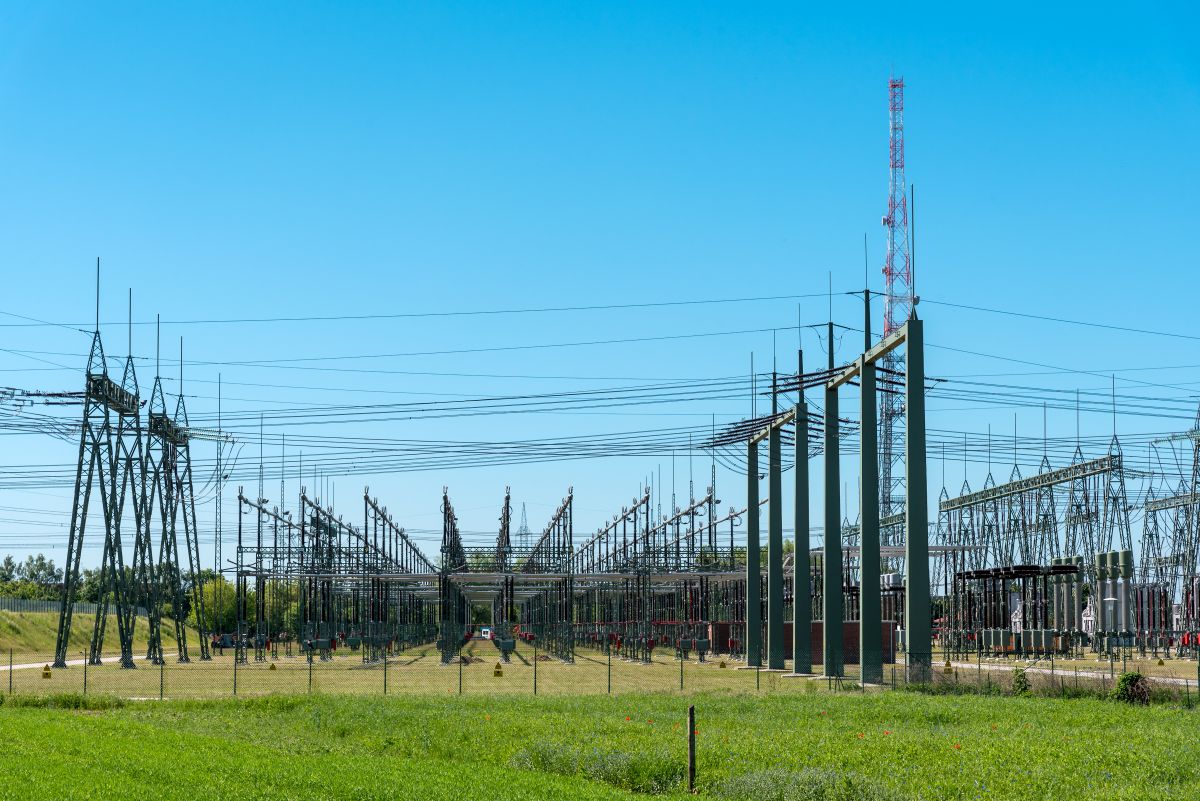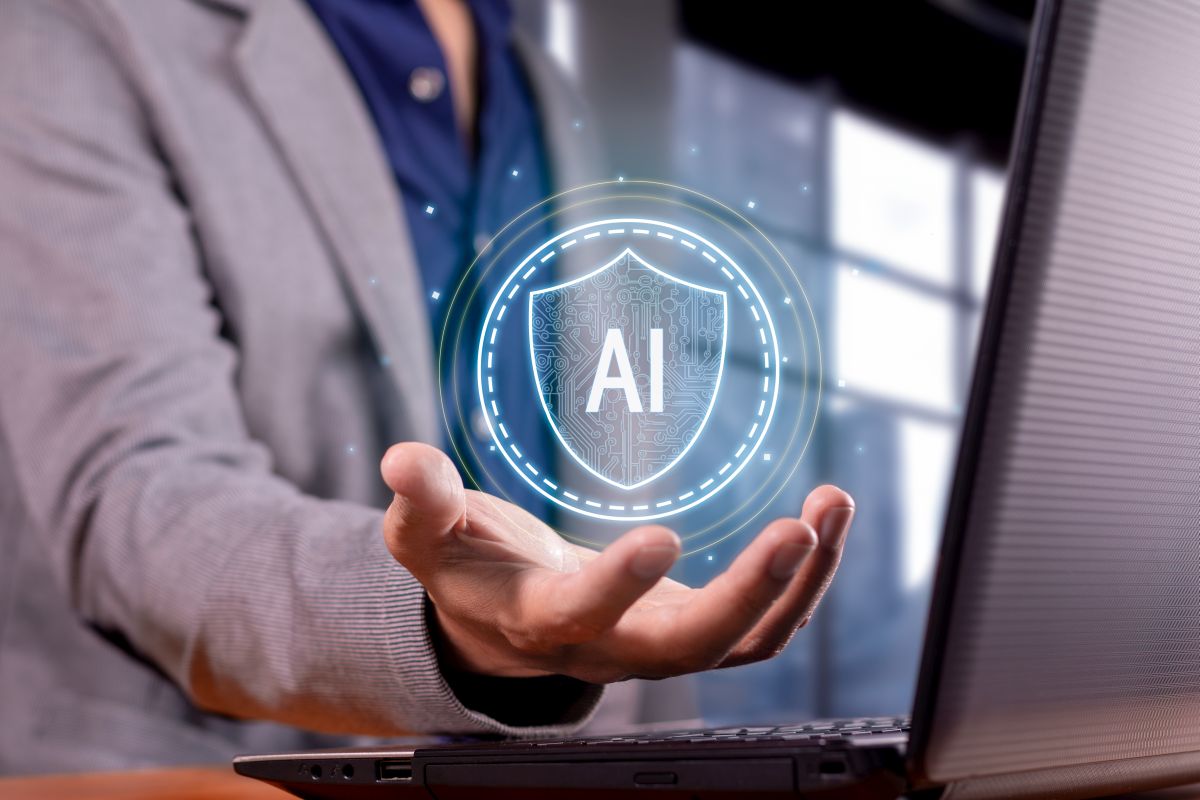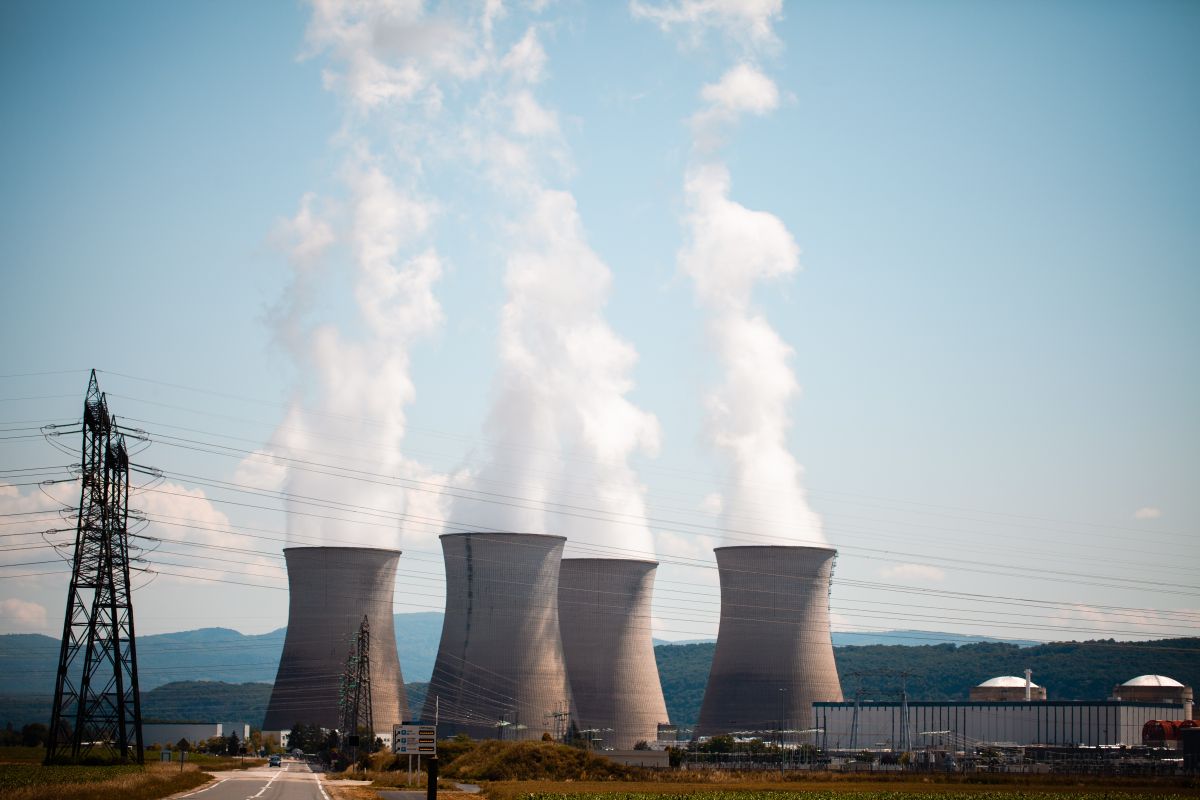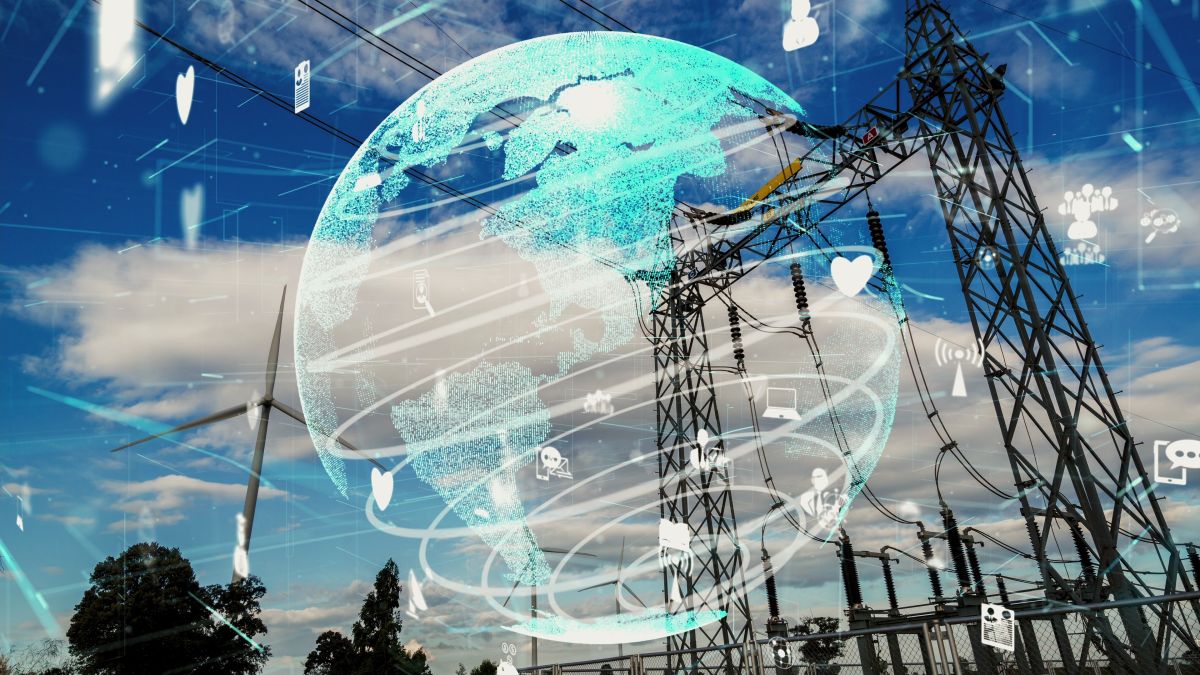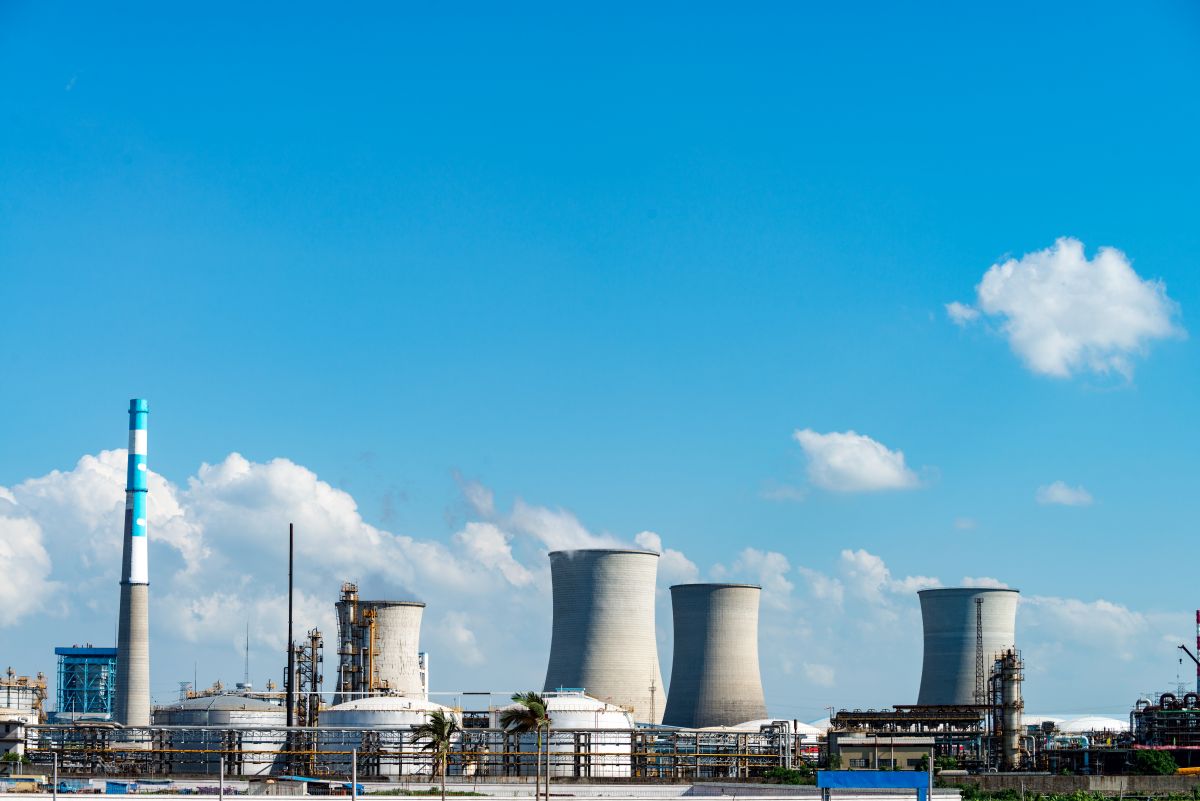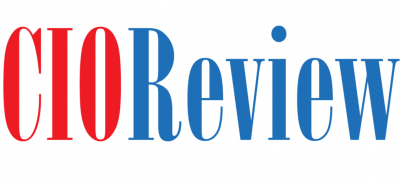As the world faces growing energy demands, the issue of balance between renewable and non-renewable energy sources has become the preeminent concern of utilities and regulators all around the world. Supporting a resilient and secure electrical grid by mitigating the effects of various energy sources to maintain grid reliability is the concern of utilities, regulators, and planners by 2025, as power systems adjust to a new energy mix.
The State of Renewable Energy in 2025
The world is drifting towards the decarbonization process, hence giving rise to the renewable energy infrastructures. No longer an insignificant segment of the modern grid, solar, wind, geothermal, and hydroelectric now stand as a significant portion of that grid. The high rate of development is a threat. With the growth of renewables as a result of aggressive policies and ongoing technological advances, in most areas, utility-scale solar and wind are at cost parity or lower than fossil fuels.
This has seen solar photovoltaic (PV) and onshore wind power with large-scale battery storage proving a variety of innovative solutions that are also contributing to solving the problem of intermittent production. But with this shift, grid operators are faced with a new set of operating questions. Herein lies the root of the issue: the sources of solar and wind energy are inherently dynamic, and thus, the fluctuation in the amount of power generated can be quite unpredictable.
Managing this requires precise forecasting and second-by-second grid balancing. Adding to this problem is the need to incorporate large numbers of Distributed Energy Resources (DERs), as U.S. grid infrastructure is decades old and in need of modernization. Such integration requires modernization by replacing transmission lines and adopting advanced smart grid technologies. It is only through these aggressive actions that systems with high renewable penetration can have reduced risks, namely frequency deviations, voltage collapse, and localized blackouts.
Such integration requires modernization by replacing transmission lines and adopting advanced smart grid technologies. It is only through these aggressive actions that systems with high renewable penetration can have reduced risks, namely frequency deviations, voltage collapse, and localized blackouts.
Non-Renewable Energy and Reliability
Non-renewable sources of energy, such as coal, natural gas, and nuclear, are a stable and controllable source of electricity, making them an important part of grid reliability. With every source, there are both benefits and limitations:
Energy Type | Reliability Advantages | Challenges and Risks |
Coal | Provides stable baseload power capable of continuous generation. | Operational inflexibility and increasing regulatory pressure due to emissions. |
Natural Gas | Flexible generation with controllable output, supporting peak demand. | Fuel supply volatility and price fluctuations.
|
Nuclear | Low-carbon, high-reliability electricity with low output variance, suitable as a baseload. | Above-average maintenance costs, complicated regulatory compliance, and extended operational lead times. |
To maintain the stability of the grid, its frequency, and the control of voltage, non-renewable generation is needed to complement the renewable generation due to unpredictable production.
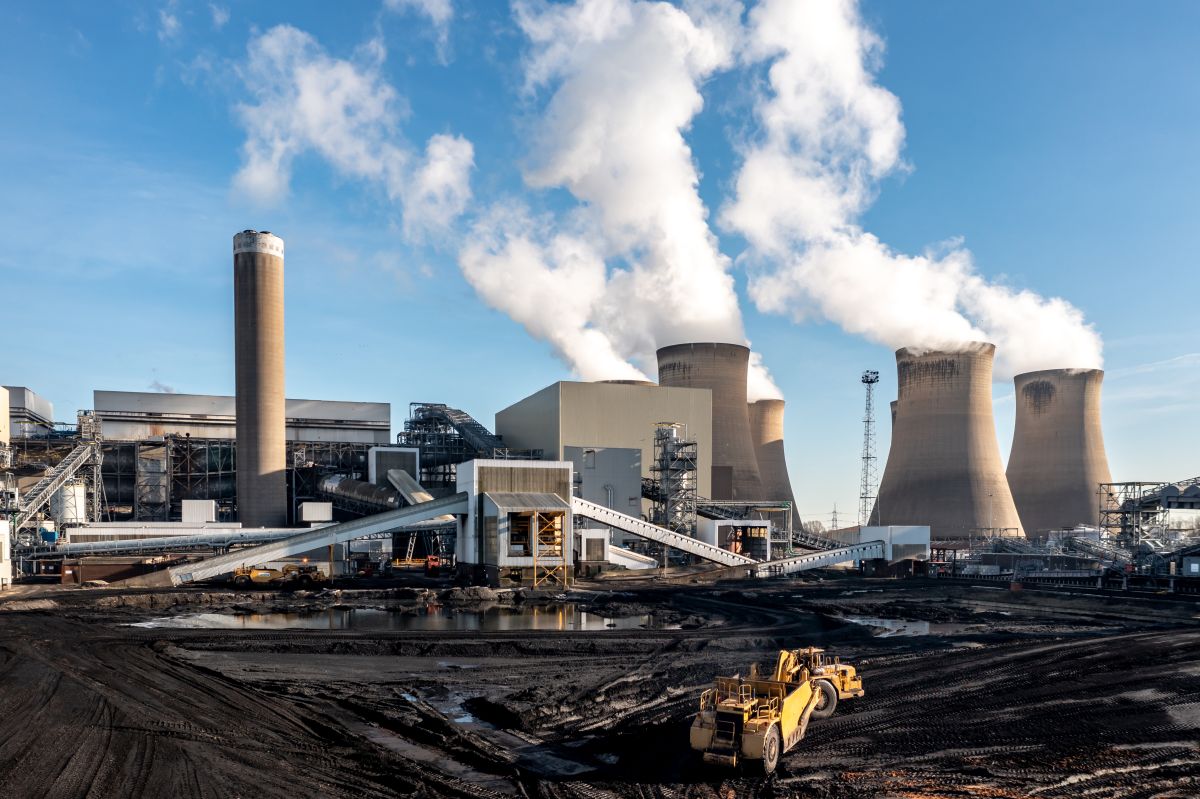
Balancing Energy Sources for Grid Reliability
A combination of nonrenewable and renewable sources of electricity is required to attain grid reliability. The major strategies and solutions are:
- Energy Storage Solutions: Add grid-scale batteries to smooth out the variability of renewable generation.
- Demand Response Programs: The best way to manage demand and supply in real time is to optimize electricity demand and supply.
- Smart Grids and Microgrids: To achieve greater stability and resilience, install local, safe energy systems.
- Reserve Margins and Market Mechanisms: Retain enough additional capacity and encourage generational flexibility.
- Predictive Analytics and Real-Time Monitoring: Use state-of-the-art forecasting and monitoring systems to detect and respond to reliability errors.
- Hybrid Generation Approaches: Use nonrenewable sources together with renewable sources to ensure a steady stream of electricity is generated and to augment the Baseloads.
- All of these can be used together to ensure frequency stability, control the voltage, and provide a constant electric supply as renewable power sources increase and demand grows.
Conclusion
The 2025 lesson is that there is no single energy source that is sufficient to make the grid reliable. A moderate and highly technological alternative, with the benefits of the flexibility of storing opportunities, predictability of analytics, and integration of hybrid energy options, would be the most reasonable solution. Integration of numerous energy sources in a strategic manner would help utilities to meet environmental objectives and maintain stability of their systems in such a way that the power grid will be virtually robust, secure, and will also have the capacity to adapt to meet the arising energy needs.
What percentage of global electricity is expected from renewable energy by 2025?
How much electricity can hybrid energy systems provide for grid reliability?
What is the role of energy storage in renewable grid integration?
How reliable are non-renewable energy sources for the modern grid?
What strategies help maintain grid reliability in 2025’s energy mix?
Disclaimer: Any opinions expressed in this blog do not necessarily reflect the opinions of Certrec. This content is meant for informational purposes only.



